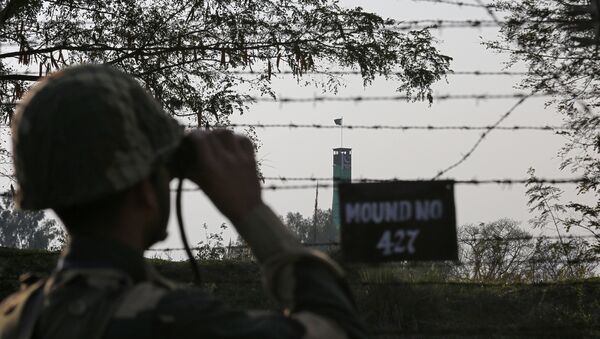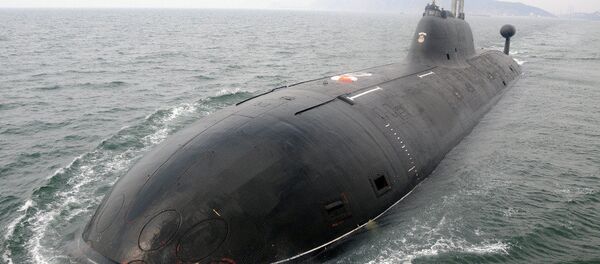New Delhi (Sputnik): The Indian Air Force (IAF) used the Israeli Spice 2000 bombs, each of them weighing 900 kg with 95 kg of explosives, to destroy the terror infrastructure that housed most of the cadres, including suicide bombers in training, during the aerial operation in Balakot, Pakistan on 26 February, according to a report published by news portal The Print.
READ MORE: India, Pakistan Planned Missile Strikes on Each Other During Standoff – Report
Citing high-resolution images reportedly procured by the Indian military from its own satellites, as well as those of friendly nations, the report further claims that out of six structures, the IAF targeted only three, including the main training centre of the JeM, which were conclusively hit during the strike.
The Indian military also claimed that it had multiple satellite pictures in its possession that are enough to establish the damage caused during the air strike, as well as those of repairs being carried out on the roof of one of the destroyed structures after the attack.
"The Spice 2000 is meant to take out underground command and control centres of the enemy. These centres are built with heavy concrete structures on top to prevent any damage from traditional bombs", a top source in the government told The Print.
"Only ground pictures will show the extent of damage, but, sadly, the satellite pictures will not be able to capture that… What it shows is that the bombs did hit the targets. And when a bomb hits the target, it causes the damage that it is meant to cause", the source was quoted as saying by The Print.
Earlier, Reuters reported, referring to another set of high-resolution satellite images, that JeM's religious school at the site remained intact and that no evidence of damaged infrastructure or casualties had been found there.
Pakistan, on its part, insisted that Indian fighter jets had missed the target and dropped the payload on an uninhabited hilltop. Pakistan even approached the United Nations accusing the IAF of bombing a forest, causing considerable damage to the environment.
READ MORE: Media REVEALS Why India’s Su-30s Failed to Combat Pakistan’s F-16s in Dogfight



